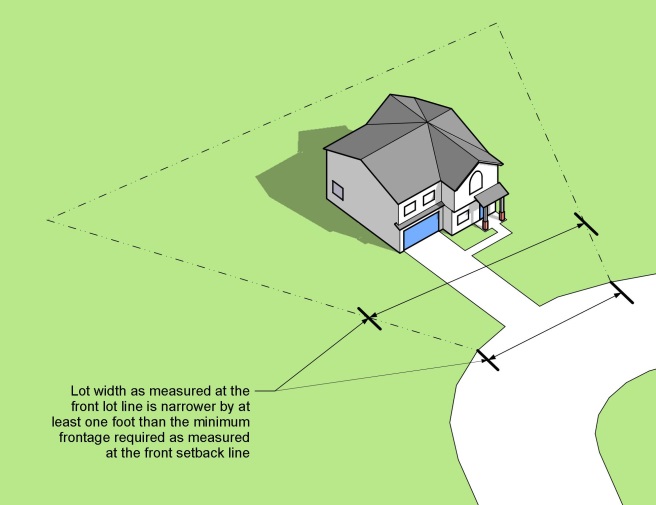L.
Landfill. A permanent facility either publicly or privately owned and operated for the purpose of disposing solid waste.
Landmark. A parcel with improvements, such as a building, structure, or object, that has been designated as historically significant by the Historic Preservation Commission under this UDO.
Landmark Site. An unimproved parcel of ground declared by the historic preservation commission to be a landmark site under this division.
LDN. A day-night average sound level measured in decibels (dBA) during a 24-hour period of the A-weighted sound pressure level, with the levels during the period 10:00 p.m. to 7:00 a.m. the following day increased by 10 dBA before averaging. Points of equal LDN level may be linked by a contour line.
Light Manufacturing. The manufacture of products or parts, including processing, fabrication, assembly, treatment and packaging of such products, and incidental sales and distribution of such products, provided all manufacturing activities are primarily contained within a building. Accessory outdoor storage is permitted provided the use is not associated with major exterior impacts, such as major truck or delivery traffic, and the potential to produce noise, dust, odor, smoke, heat, glare, or vibrations and associated activities that do not create nuisances to surrounding properties. This use does not include the manufacturing of raw products (including hemp).
Locomotive and Railcar Yard and Repair Facility. An area and related facilities connected with the fueling, repair switching, assembly or disassembly of trains, including without limitation passenger or freight terminals, operations and maintenance shacks, train sheds, and classification yards.
Loop Lane. A shared driveway that has two points of motor vehicle access to a public street and that provides access to a Loop Lane Dwelling development.
Lot. A designated parcel, tract, or area of land established by plat, subdivision map, or as otherwise permitted by law, to be separately owned, used, developed, or built on.
Lot Area (or Lot Size). The total horizontal area included within lot lines.
Lot Coverage. The total area of a lot occupied by a buildings and structures, sometimes expressed as a percentage of the total lot area.
Lot Line. A line of record bounding a lot that divides one lot from another lot or from a public or private street or any other public space.

Figure 6.2-6: Lot Line
Lot Line, Front. The lot line separating a lot from a street right-of-way.
Lot Line, Interior Side. A side lot line that does not abut a street.
Lot Line, Rear. The lot line opposite and most distant from the front lot line. In the case of triangular or otherwise irregularly shaped lots, a line 10 feet in length entirely within the lot, parallel to and at a maximum distance from the front lot line.
Lot Line, Reverse Corner. A lot configuration where the rear yard of the lot in question abuts an adjacent property’s front and side yard
Lot Line, Side. Any lot line other than a front or rear lot line.
Lot Line, Street. Any lot line that abuts a street (but not an alley). On a corner lot, there are two or more street lot lines.
Lot Line, Street Side. A lot line that is both a side lot line and a street lot line.
Lot Width at Setback. The length of a straight line connecting the points at which the front setback line intersects with each side lot line.
Lot, Corner. A lot or parcel of land abutting on two or more streets at their intersection or on two parts of the same street forming an interior angle of less than 135 degrees.
Lot, Single-Family Detached Standard Residential. A standard lot is a single-family detached residential lot that contains at least 4,500 square feet of area and that has at least 50 feet of frontage along the front lot line.
Lot, Small Single-Family Detached Residential. A lot platted for residential development that either (1) has less than 50 feet of street frontage, or (2) contains less than 4,500 square feet in lot area (not including alleys or common shared drives), or (3) both, regardless of vehicular access or configuration.
Lot, Wedge-Shaped. Wedge-shaped lots shall be defined as single-family detached residential lots where the lot width as measured at the front lot line is narrower by at least five feet than the minimum frontage required as measured at the front setback line.

Figure 6.2-7: Lot, Wedge-Shaped
Low Impact Development. Development that minimizes storm water runoff from a lot or parcel by implementing site design techniques, natural grades and features, and soil treatment to allow cleansing and infiltration of storm water on-site.
Low Wall. A wall faced with stucco, brick, or integrally colored decorative masonry block, to match or blend with the materials used on other site buildings. (Ord. No. 2020-37 § 39, 10-05-2020; Ord. No. 2019-49 § 1, 08-19-2019)